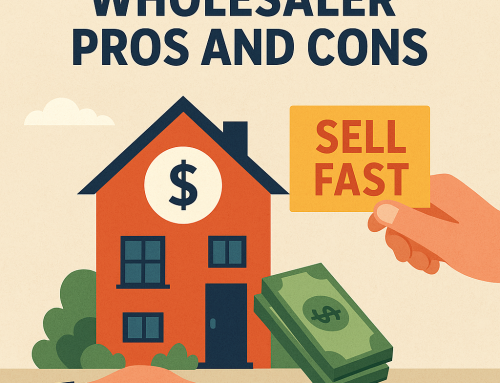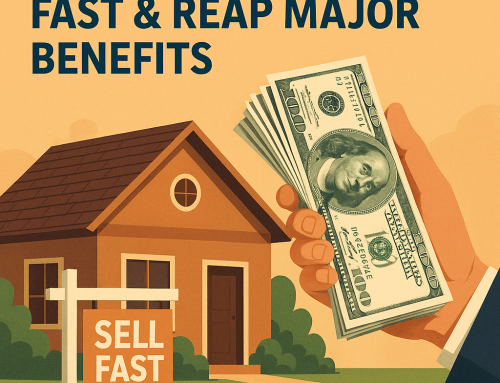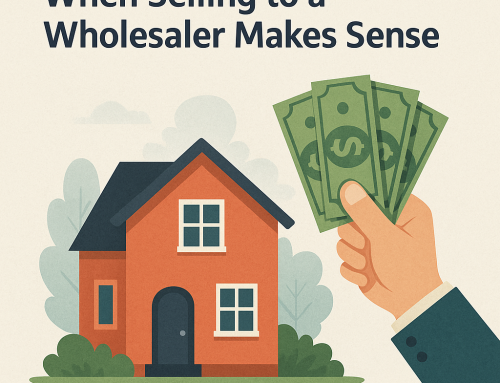- Understanding the "As-Is" Home Sale
- The Benefits of Selling As-Is
- Evaluating Your Home's Worth
- Finding the Right Buyer
- Preparing for the Sale
- Conclusion
Understanding the “As-Is” Home Sale
In today’s fast-paced real estate market, many homeowners find themselves in need of quick solutions. Whether facing financial pressures, relocation, or simply wishing to move on from a property, the option to sell your home as-is offers a viable path. This means you can bypass the lengthy process of repairs, renovations, and staging, allowing you to sell home fast and receive cash for your home quickly.
The Benefits of Selling As-Is
Selling a property as-is means that you will not be making any repairs or upgrades before the sale. This approach has several benefits:
1. Time Efficiency: One of the most significant advantages is the speed at which you can close on the sale. Without the need for renovations, you can sell your home in days rather than months.
2. Simplicity: By choosing to sell as-is, you eliminate the stress and hassle of managing contractors, inspections, and potential delays. The process remains straightforward and free from the complications that often come with traditional sales.
3. Cash Offers: Many investors and companies specialize in buying homes as-is for cash. This means you can often receive a fair cash offer within just a few days, allowing for a quicker financial reset.
Evaluating Your Home’s Worth
Before moving forward, it’s essential to have a clear understanding of your property’s value. While selling as-is means you won’t invest in repairs, buyers will consider the existing condition of your home. To get an accurate idea of what you can expect in terms of cash for your home:
– Research Comparable Properties: Look at recent sales of similar homes in your area. Pay attention to their conditions and prices and use this information to gauge your home’s market position.
– Consider a Pre-Sale Inspection: Although you won’t make repairs, an inspection can reveal underlying issues that might impact your sale price. Knowledge is power, and understanding potential objections can help you negotiate better offers.
Finding the Right Buyer
Once you’re ready to sell, the next crucial step is identifying the right buyer. Here are some avenues to consider:
1. Real Estate Investors: Many investors are specifically looking for homes they can buy as-is. They often have cash readily available, enabling quick transactions.
2. Real Estate Wholesalers: These individuals or companies can connect sellers with interested investors, often streamlining the selling process and promoting faster sales.
3. Traditional Buyers: While many traditional buyers prefer move-in ready homes, there are those willing to purchase a property that requires work. Be transparent about the home’s condition to attract serious offers.
Preparing for the Sale
Even with an as-is sale, there are still best practices to observe:
– Clean and Declutter: Although you won’t be making repairs, a clean, decluttered home can make a stronger impression on potential buyers.
– Provide Disclosures: Transparency regarding any issues with the home can build trust with potential buyers and lead to smoother negotiations.
– Consult Professionals: Enlisting the help of a real estate agent experienced in as-is sales can help you navigate the market efficiently and attract the right buyers.
Conclusion
Selling your home as-is can be a beneficial route if you need cash quickly. By bypassing the repairs and upkeep that often slow down a traditional sale, you can move towards your next chapter with ease. Keep a clear perspective on your home’s value, utilize effective selling strategies, and you could find yourself walking away with cash for your home in no time.




